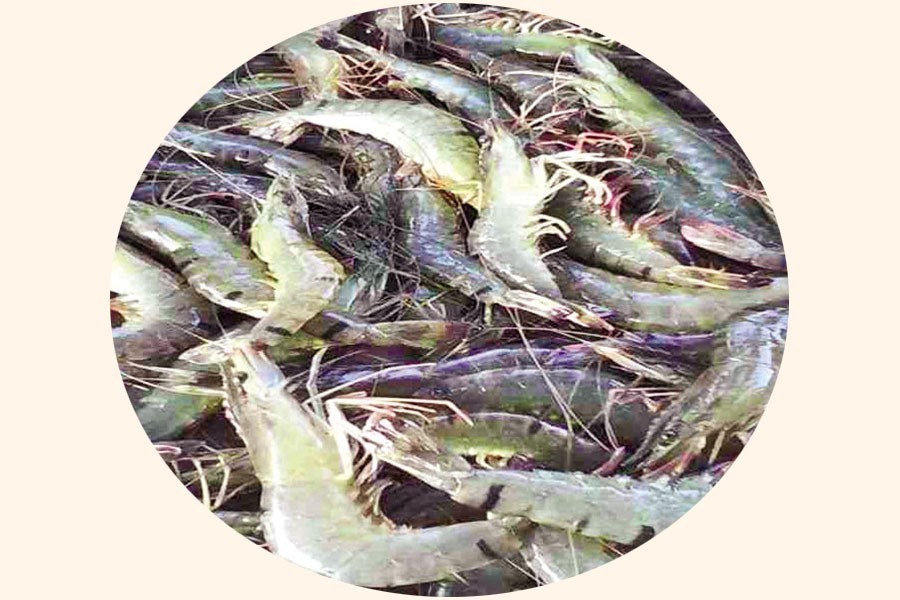Following years of decline, the country's shrimp export has lately been picking up. The surge in export amid the pandemic-induced fallouts like shrinking demand and disruption in global sourcing is believed to be due to a change in overall shrimp business prompted by fast increasing demand and a considerable hike in international market prices. This has been responsible for the export from this country to pick up in the current fiscal year till April. Earnings from shrimp exports between July and mid-April in this fiscal witnessed 37 per cent increase from that of the corresponding period last year, according to Export Promotion Bureau (EPB) sources. Industry insiders are hopeful that the rise in prices to the tune of around 30 per cent will be a major motivation for local shrimp exporters to keep the momentum enjoyed in prospective markets, while also attempting to diversify exports beyond the traditional varieties of shrimps.
Export orders for the prime variety of shrimps from Bangladesh had been registering a steady fall for years due mainly to declining demand from the key markets of Europe and the US--- destinations of 80 per cent of Bangladesh's shrimp export. As a result, frozen food - comprising mainly shrimp - once the third major export item of Bangladesh next to RMG, jute and jute goods, has now dropped to seventh position. Export is believed to have been hit by undiversified product range that adversely affected marketing. According to industry insiders, Bangladeshi shrimp, recognised as a delicacy as well as a highly priced kitchen item overseas, is struggling to retain its market share amid uneven competition with low priced varieties from other sources.
One of the reasons for the uneven competition is attributed to the low price of a shrimp variety called Vannamei (or whiteleg shrimp)-- a disease tolerant and high-yielding variety which gives an yield of 10-15 tonnes per hectare, as against a paltry 300-400 kgs from traditional cultivation in Bangladesh. The Vannamei variety, because of high yield and low cost of production, has already gained wide popularity capturing 77 per cent of global market, according to reports. However, this variety is not officially approved for cultivation in the country, presumably because of its low quality compared to the high priced varieties cultivated and exported from Bangladesh. However, it has been reported that most shrimp producing countries in Asia have been cultivating Vannamei for export from the late eighties. Since it is a policy decision not to allow cultivation of this variety, the authorities may like to revisit the issue-given the need of the time. Needless to say, it is the consumers' choice that dictates the market.
That there is a visible turnaround in shrimp export thanks to price hike in global market, it is extremely important that capitalisation on the situation will depend on a host of factors including a shift in cultivation and processing as well as government policy to adequately nurture the industry in keeping with the global trends in product diversification and marketing.


